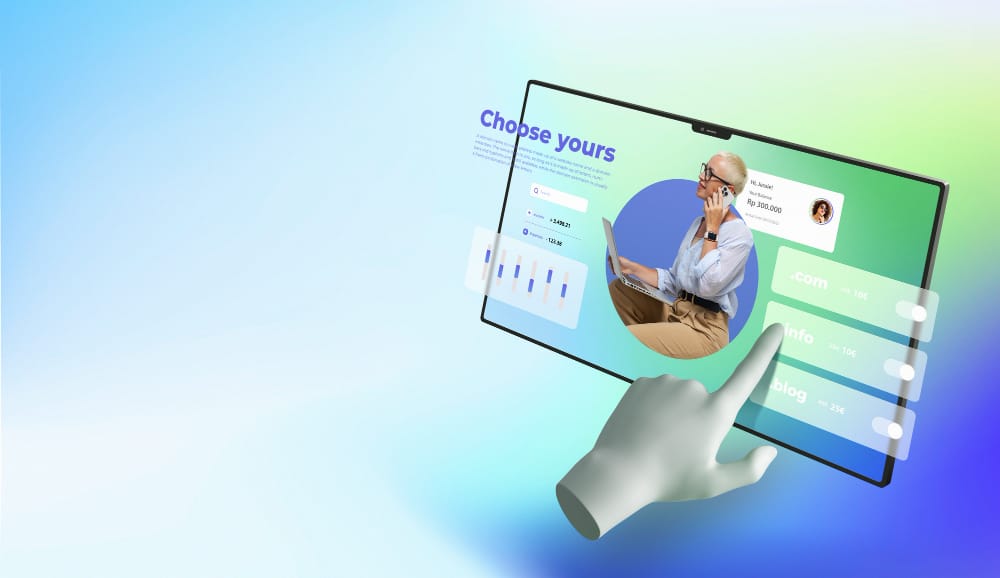Designing client-ready websites can be a time-consuming process — from brainstorming layouts to final deployment. But with the right workflow, tools, and strategies, you can drastically speed up your web design process without compromising quality. Whether you’re a freelancer, agency, or part of an in-house team, these top 5 tips will help you design professional websites faster and impress your clients every time.

1. Start with a Solid Design Framework or Template
Instead of designing from scratch every time, use pre-built frameworks or templates as a foundation. Platforms like Elementor, Webflow, and Figma offer customizable templates that save hours of work.
✅ Pro Tip:
Create your own library of reusable templates for headers, footers, buttons, and forms. This ensures consistency and speeds up your design workflow.
Benefits:
- Saves time on repetitive tasks
- Maintains brand consistency
- Speeds up client revisions
2. Use a Clear Design System
A design system acts as your creative playbook. It includes color palettes, typography, icons, and component rules. Once you set this up, you don’t have to rethink design elements for every project.
✅ Pro Tip:
Tools like Figma’s Components or Adobe XD’s Libraries can help you maintain uniformity across pages and projects.
Benefits:
- Reduces design confusion
- Ensures faster collaboration
- Makes updates easy
3. Leverage AI and Automation Tools
Modern designers are saving hours using AI-powered tools for design, content, and even coding. Tools like ChatGPT, Framer AI, and Midjourney can help generate wireframes, website copy, and visuals quickly.
✅ Pro Tip:
Use ChatGPT to generate web copy or Framer AI to turn text prompts into ready-to-edit website layouts.
Benefits:
- Drastically reduces brainstorming time
- Helps you deliver drafts faster
- Allows you to focus on creativity, not repetition
4. Streamline Feedback and Collaboration
Client feedback is often the biggest cause of delay. Simplify this process with collaboration tools that allow real-time comments and approvals. Tools like Figma, Trello, Notion, or Frame.io help you collect and organize feedback effectively.
✅ Pro Tip:
Set up a clear revision process before starting the project. Define how many rounds of feedback are allowed to avoid endless edits.
Benefits:
- Faster feedback loops
- Clear communication
- Less back-and-forth confusion
5. Optimize for Launch Early
Don’t wait until the end to think about performance, SEO, and mobile optimization. Design and test as you go to ensure your website is client-ready upon completion.
✅ Pro Tip:
Use tools like Google PageSpeed Insights and GTmetrix during the design phase. Also, check mobile responsiveness using Chrome DevTools.
Benefits:
- No last-minute fixes
- Faster approvals from clients
- A smoother launch process
Final Thoughts
Speed and quality don’t have to be enemies. By building systems, reusing assets, leveraging AI, and maintaining clear communication, you can deliver high-quality websites faster — and keep clients coming back for more.
So, the next time you start a web design project, remember these 5 tips:
- Use templates or frameworks
- Maintain a design system
- Embrace AI tools
- Streamline client feedback
- Optimize for performance early
Follow these practices, and you’ll be designing client-ready websites in record time — without sacrificing creativity or quality.
